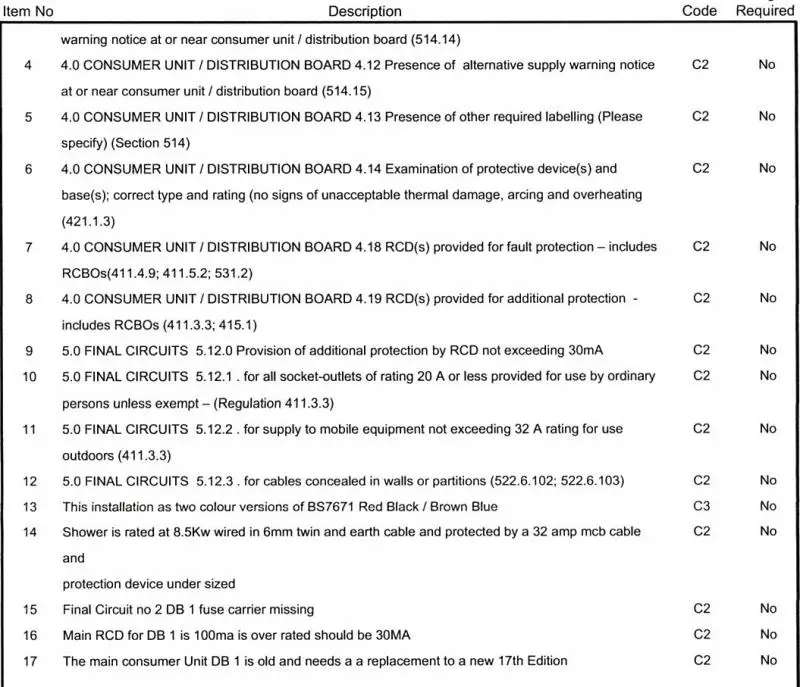Our old house, which is to be rented, has had its first electrical inspection. One of the things they are saying is that the CU needs to be replaced, to meet the 17th edition......
The existing one has MCBs, not fuse wire, and RCD protection, and is not faulty so they say. So, in layman's terms, why might a CU need to be ripped out and replaced?
I know there might be a zillion reasons but there is nothing else in the report to suggest why a new CU might be needed.
TIA
The existing one has MCBs, not fuse wire, and RCD protection, and is not faulty so they say. So, in layman's terms, why might a CU need to be ripped out and replaced?
I know there might be a zillion reasons but there is nothing else in the report to suggest why a new CU might be needed.
TIA



